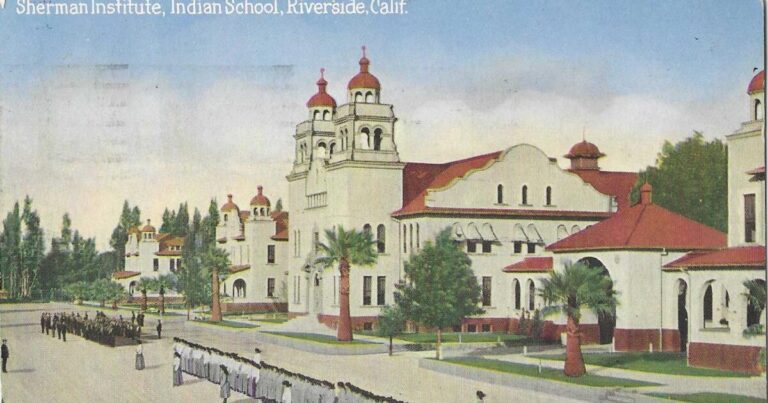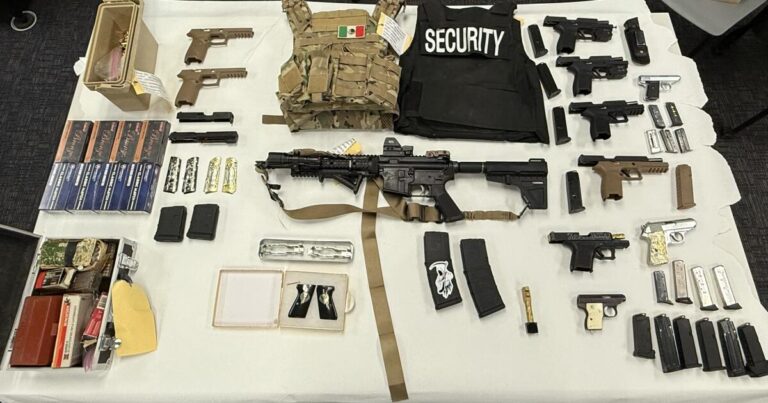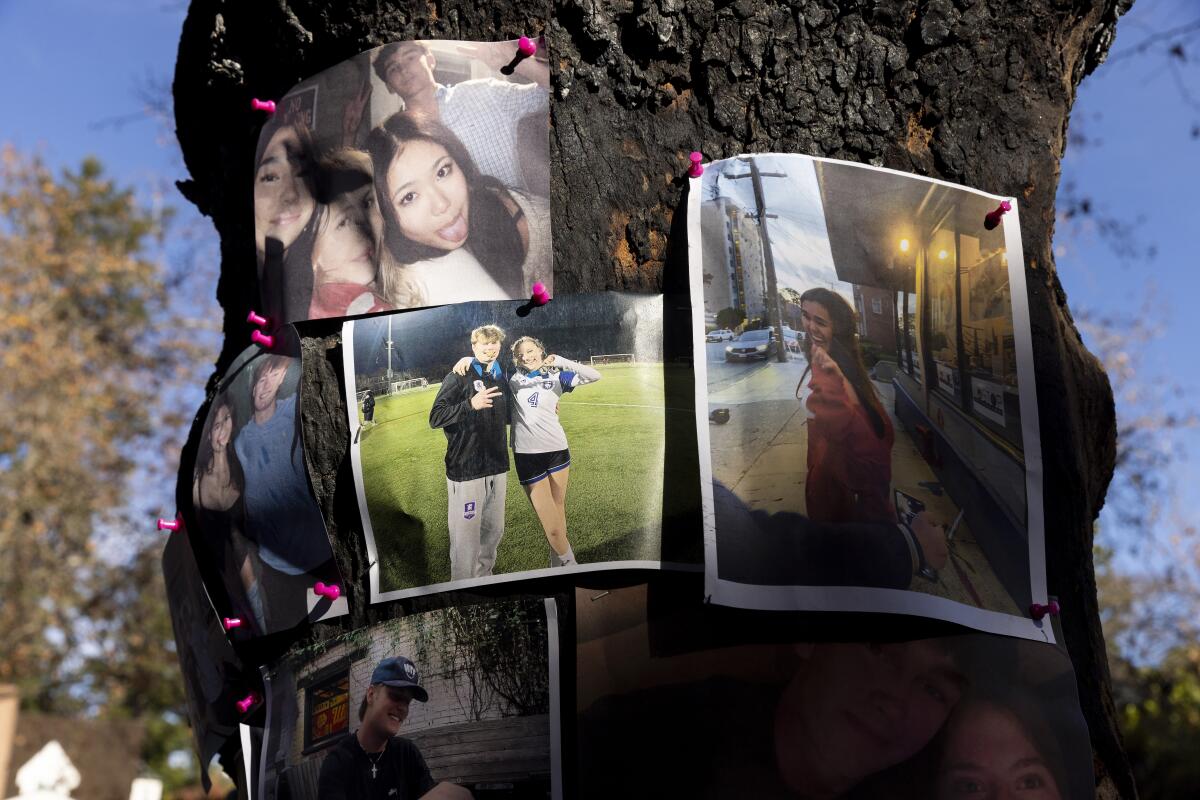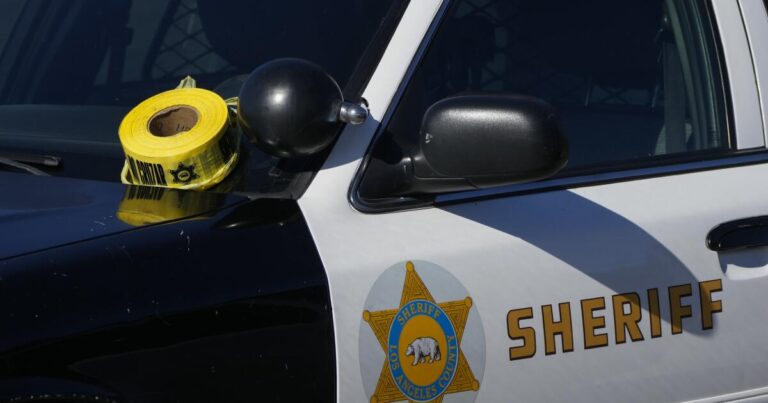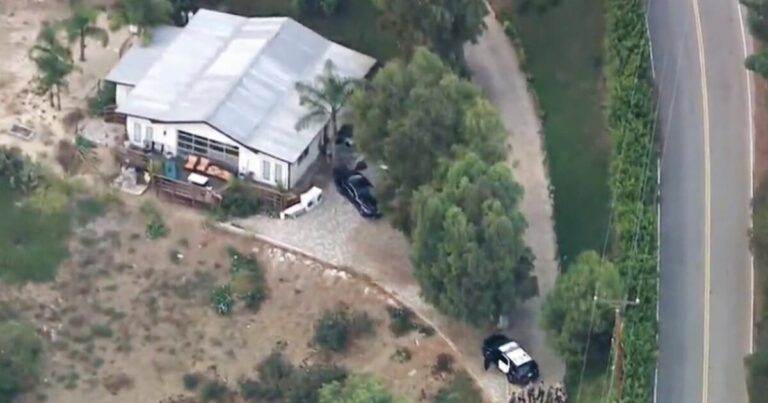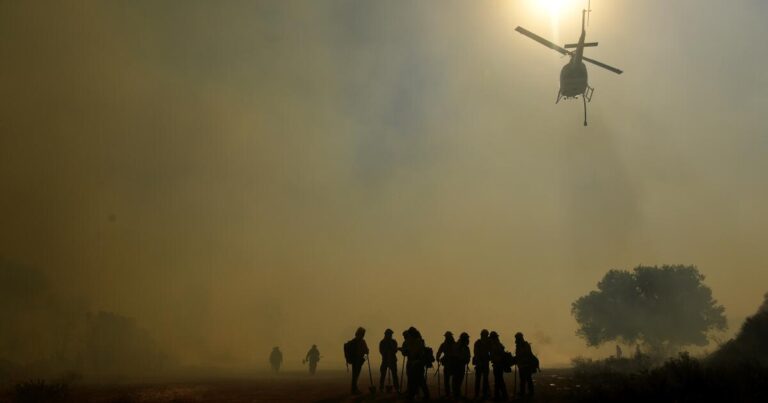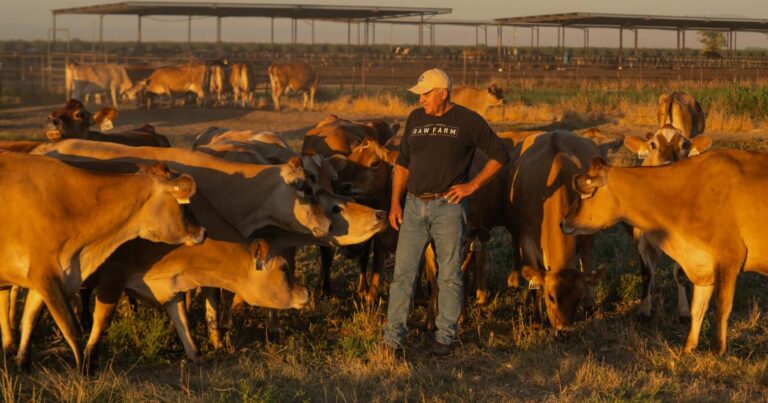If Charles Dickens had lived in, say, Indio instead of London, and if, instead of writing about the brutalities and indignities of an English boarding school in Yorkshire, he had written about the brutalities and indignities of an Indian boarding school in, say, Riverside, the national conscience might have been shocked to act a long, long time ago.
As it is, only last month — a hundred years since Congress declared oh-so-generously that Native Americans born in these lands that were once theirs were indeed United States citizens — did the United States, in the person of President Biden, make official amends.
“There is no excuse that this apology took 150 years to make,” he said, and “we should be ashamed” of such a “sin on our soul.”
That sin was the institutionalized system of the enforced, confined education of children descended from the original Americans in order to purge them of everything that made them Indian.
Children as young as 4 and 5 were dragooned or tricked into these government-run schools. Thousands were sent to boarding schools far from home, where they were methodically stripped of their language, their native names, their tribal hair and clothing, their food and cultural rituals and religious practices. Some were abused sexually and physically, and some who died, as Biden noted, were buried “in unmarked graves.”
Biden called these students “survivors,” and recounted their stories: one a little girl taken away, her mother “standing on that sidewalk as we loaded into a green bus. I can see the image of my mom burned into my mind and my heart where she was crying.” Another, who remembered that “when I would talk in my tribal language, I would get hit. I lost my tongue. They beat me every day.”
Newsletter
Get the latest from Patt Morrison
Los Angeles is a complex place. Luckily, there’s someone who can provide context, history and culture.
You may occasionally receive promotional content from the Los Angeles Times.
The numbers look like this: At least 18,000 native children, forced into more than 400 schools across 37 states and territories, over the 150 years between 1819 and 1969. Perhaps a thousand of those children died, principally of disease, and when their bodies weren’t or couldn’t be sent home, they were buried in school cemeteries.
Nearly half a dozen of these schools once operated in California, some in Southern California cities such as Banning and San Diego, sometimes run by the Catholic church.
The biggest is the former Sherman Institute in Riverside. It still boards students, but it’s now the accredited Sherman Indian High School, with a college prep curriculum that also cultivates Native American history and practices where once it repressed them.

A vintage postcard from Patt Morrison’s collection shows the entrance to an Indian school in Riverside.
The best-known of these schools, the Carlisle Indian Industrial School, opened in 1879, in Pennsylvania, just three years after Plains Indians mounted a last-stand campaign to protect their lands, and wiped out Gen. George Custer and his troops at the battle of Little Big Horn.
Carlisle’s first superintendent was Richard Henry Pratt, who had served in military campaigns against Plains Indians. Pratt’s most famous utterance became an operating principle of the Indian school system: “ … all the Indian there is in the race should be dead. Kill the Indian in him, and save the man.”
Paradoxically, by the yardstick of the 19th century, Pratt was considered an “Indian lover,” a champion and defender of Native Americans — but in a purified, Americanized incarnation.
In his seminal 1892 speech, Pratt spoke indignantly about their plight before presenting his solution of destroying the Indian and re-inventing him as a white version. “We have bought the Indians into moving, we have harassed them into moving, we have fought them into moving, and we have imprisoned them upon reservations.”
His “noblesse oblige” attitude — today we’d regard it as a cultural genocide — believed that the white man’s civilization, its language and culture, were gifts to help persecuted Native Americans assimilate and empower themselves, at the cost of wiping out their own cultures altogether.

A postcard, dated 1908, from Patt Morrison’s collection shows an Indian school in San Diego.
Whatever Pratt imagined for Indian schools as an answer to Indian persecution, the schools became, in the early decades especially, places of repression, punishment, and occasional savagery. The virtual incarceration, the enforced work and Christian prayers and observances, reminded me of the lives of “neophytes,” the indigenous Californians living in a spiritual and physical open-air enslavement in the California missions in the 18th and early 19th centuries.
The Indian school cemeteries and unmarked graves that Biden mentioned are testaments to the shame and tragedy. In Sherman’s graveyard in Riverside, 60-some children are buried. Few of their headstones are legible.
Three siblings died in 1904, all from typhoid, the kind of disease that would race through an enclosed population of vulnerable children. Shot-putter Adolph James is buried here, killed in 1926 when he was struck in the head by a 12-pound shot. Navajo Olin Zhebe-Nolli is here too; he fell from a freight train as he was running away from school, running back home to Arizona.
The Sherman school was originally in Perris and moved to Riverside in 1903. James Schoolcraft Sherman, the man for whom it was named, was a Republican congressman from New York state, and for three years vice president to William Howard Taft. Sherman believed that his namesake school would be “the redemption of a race.”
The Fort Yuma boarding school opened in 1884 at the old military fort on the Colorado River in Imperial County. Astonishingly, in 1912, an instance of student abuse actually made the papers.
A local Methodist missionary went public with his accusations that the Indian agent in Imperial County, Fannie Egan, had ordered that a 13-year-old student, Glenn Carr, be lashed more than 50 times across his back. He was locked in solitary confinement with welts “the size of a man’s finger” oozing from his lacerated back. The missionary, J.A. Crouch, told the Imperial Valley Press that “this is not the first time that 15th-century methods have been employed by Miss Egan to punish these children.”
The Times, taking the opposite line, reported that Glenn and another student, Brendon Barr, were adjudged “incorrigible” and clocked in a stockade as a last resort. The treatment of Indian schoolchildren “is a constant source of trouble,” The Times said primly. “If discipline is not enforced, the agent is likely to get into trouble. If it is, the parents of the children rush into court for relief.”
The Times was especially agitated that the boys’ fathers had had the temerity to go to federal court over this. The fathers asked for a writ of habeas corpus to free their sons. Egan released the boys “to avoid any legal entanglement,” but the paper still tsked-tsked that “Indians … are not amenable to the restrictions imposed by American citizenship.”
1

2

3

4

1. A vintage postcard from Patt Morrison’s collection shows a Native American child. 2. A vintage postcard from Patt Morrison’s collection depicts a surreal scene in Northern California. 3. Native American children line up outside the Fort Bidwell shool on this vintage image from Patt Morrison’s collection 4. The Fort Bidwell Indian school is seen on a vintage postcard from Patt Morrison’s collection.
Some 20 years later, another Times writer, sounding like an anti-DEI whiner, wrote approvingly about diligent Indians grateful for free schooling and medical services, and disapprovingly about the Indians who weren’t.
“Everyone knows that in the past the Indians have been robbed, tricked, cheated, and shamefully exploited … the same thing is true of us white people. Our own ancestors were robbed during the war between the states. A steamboat line between Memphis and New Orleans in which our grandfather owned one-third was confiscated and we never got a cent of recompense.” False equivalency, 1930s-style.
But in 1892, Charles Lummis — Los Angeles’ pioneering historian, ethnographer, and founder of the Southwest Museum — was writing furiously in The Times about the disgrace of Indian schools. He called the system an outrage: “I have seen [Indian affairs commissioner Thomas Morgan’s] personal orders robbing citizens of their parental rights and their children of liberty. His bigoted disregard of political and human rights covers the whole Southwest.”
Sometimes it’s taken generations for these accounts to emerge, and then from children and grandchildren of the students. In a documentary called “These Are Not ‘Stories,” produced by the Museum of Riverside, the Sherman Indian Museum and UC Riverside, Rose Ann Hamilton of the Cahuilla Band of Indians described what happened to her mother, born in 1932 and a survivor of “a lot of dark years” at several boarding schools.
“There was a lot of chaos in those schools … if you can imagine hundreds of little children being taken and forced to do all these horrible things, cut their hair, put them in different clothing. … My mom, she would talk about how they were forced to work and to pray from sunup to sundown, being forced to do things, whipped to do things. … It was just like being in a prison.”
Once in a while, especially into the 1950s and ‘60s, a student will say that boarding school was the making of him. After World War II, California Native Americans were moved into public schools and Indians from elsewhere were brought to Sherman, among them Howard Dallas, a Hopi. He was 11 when his father died, and in 1966 he and some of his sisters were sent by their relatives to Sherman, where he spent six years.
“Living here in Sherman was the greatest thing in life. This is my home. I grew up here and I consider that my home.” By the 1960s, shortly before the school became an accredited public high school, tribal clubs and language and cultural practices were welcomed, not punished. “I can’t say enough how much I love this place.”
Something like 80% of indigenous children were figured to have spent time in these schools. Parents were known to hide their kids from the agents who came looking to round them up, literally chasing the children and threatening the parents. In some cases, as Lummis alludes to, parents were forced to sign away their rights to their children for as long as the government chose to hold them.
There were some parents who did want their children to embrace the “white” world in hopes that it would improve their lives, although certainly not in such horrific conditions.
In this, they weren’t unlike 19th and even 20th century immigrants who insisted that their children speak nothing but English. Not only were multilingual skills lost, but so were networks of cultures and traditions hundreds of years old.
The schools’ curriculum made it clear that little was expected academically of Indian students. They were trained for trades, but not prepared for professions: carpentry, welding, gardening, plumbing for the boys; sewing and cooking and nursing for the girls. In the early decades, over the summer break, some students were sent to work as servants in white homes.
Even when students made a notable mark, the newspapers’ language was often patronizing and racialized. The April 1900 L.A. Times announcement of the marriage of two Yuma Indian School grads noted that “both are full-blooded Indians … and both very much civilized.”
In July 1942, the first all-Navajo platoon — many of whom may have ended up as the celebrated “code talkers” — finished Marine training in San Diego. The Associated Press story began: “Hang on to your scalps, Hitler, Hirohito and Mussolini, for 29 red-blooded young Americans are on the warpath … “
The Civil Rights, Chicano liberation, and American Indian movements of the 1960s, and new political engagement from Washington, D.C. — Robert F. Kennedy visited Sherman and other California boarding schools months before he was assassinated — finally locked the gates on many schools and their practices.
November is Native American Heritage Month, a national observance since 1990. There is vibrant, enduring heritage to be celebrated, but this ugly one is to be mourned — the imposed heritage of forced removal of students that was as damaging in its way as the violent removal of the indigenous from their lands centuries before a single school opened.
The psychologists and scholars speak of inter-generational trauma, the wounds still felt by children and grandchildren. “I have lived with it all my life,” Hamilton said, “with my mother and her experience. They talk about cross-generational trauma. I believe that.”

Explaining L.A. With Patt Morrison
Los Angeles is a complex place. In this weekly feature, Patt Morrison is explaining how it works, its history and its culture.
